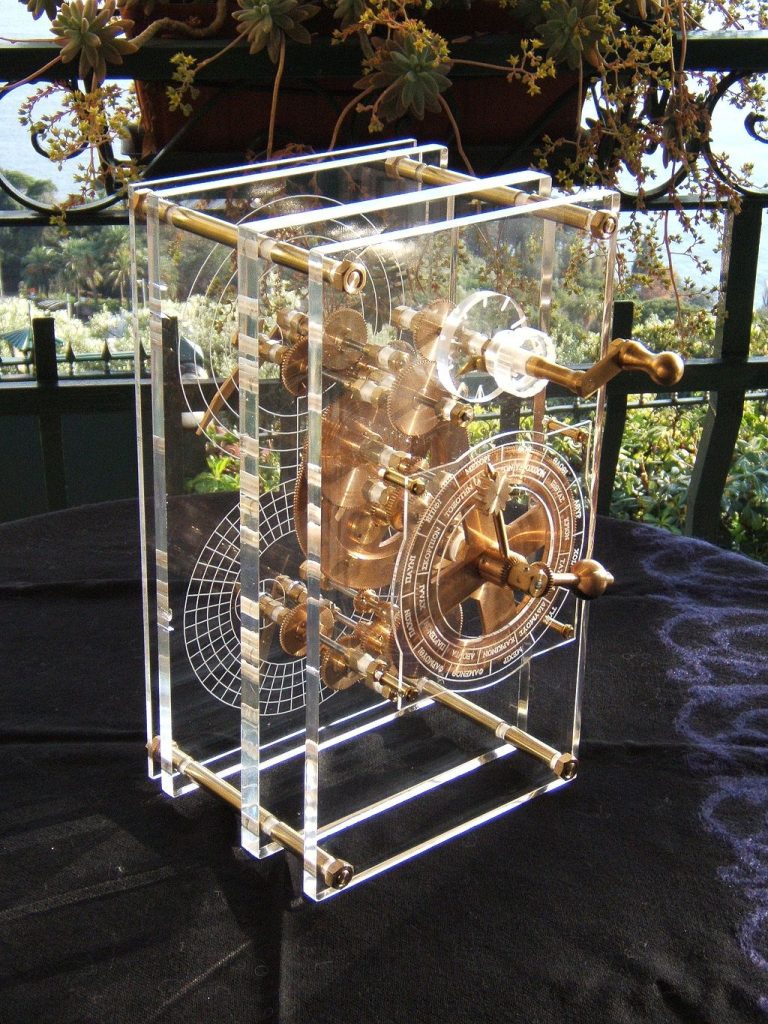A little over a century ago, an astonishing object made up of bronze and wood was discovered by sponge divers at bottom of the sea near the island of Antikythera, that slowly became the topic of debate within the renown international community on how little we know about our glorious past of the ancient world. For decades, scientists failed to fully understand the mechanism which resulted in a lot of speculation about the object. Some said it was left by aliens, some considered it to be an evidence of time travel. But now its slowly getting decoded and considered to be a mechanism used to operate as a complex mechanical “computer” which performs astronomical calculations. Hence it is often called the earliest computer. Here are some of the important details,
How old is the mechanism?
The device is said to be from around the end of 2nd century B.C. It is the most sophisticated mechanism known from the ancient world and nothing as complex is known for the next thousand years.
What is it and how was it used?
The Antikythera Mechanism is considered to be dedicated to astronomical phenomena and operates as a complex mechanical “computer” which tracks the cycles of the Solar System. The device is a complex clockwork mechanism composed of at least 30 bronze gears. Its remains were found as one lump, later separated in three main fragments, which are now divided into 82 separate fragments after conservation works.
The mechanism has 3 main dials, one on the front, and two on the back. The front dial is marked with the divisions of the Egyptian calendar. Inside this there is a second dial marked with the Greek signs of the Zodiac. This second dial is movable dial so that it can be adjusted to compensate for leap years.space
The front dial probably carried three hands, one showing the date, and two others showing the positions of the Sun and the Moon. The Moon indicator is cleverly adjusted to show the anomaly of the Moon’s orbit. Sun indicator is assumed to have a similar adjustment. The front dial also includes a second mechanism with a spherical model of the Moon that displays its phase. The front dial also includes a device used to mark the rising and setting of specific stars.
There is reference in the inscriptions for the planets Mars and Venus with gears to show their positions. The mechanism is also speculated to have had indicators for the 5 planets (Mercury, Venus, Mars, Jupiter and Saturn) known to the Greeks at that time.
When was it found?
The artifact was recovered as a lump of corroded bronze and wood, probably in July 1901 from the Roman era shipwreck, off the Greek island of Antikythera. Believed to have been designed and constructed by Greek scientists, the instrument has been dated either between 150 and 100 BC, or, according to a more recent view, in 205 BC. The Mechanism is believed to be made of Bronze, or more specifically a low tin bronze (95% copper, 5% tin).
Where it is kept?
All fragments of the Antikythera mechanism are kept at the National Archaeological Museum, in Athens Greece.
Why its discovery is so significant?
The machine dates from around the end of the 2nd century B.C, and is the most sophisticated mechanism known from the ancient world. It is widely regarded as an important archaeological artifacts ever found. It remained unnoticed for many decades and all important aspects of the mechanism was decoded only after 75 years of its discovery.
The mechanism was designed to calculate dates and predict astronomical phenomena, has therefore been called the earliest analog computer. The workmanship and the complexity with which it is built was lost in antiquity, it didn’t appear again until the development of mechanical astronomical clocks in Europe in the fourteenth century. This means for close to 1500 years, this device could have been the most advanced mechanism of its kind.
The level of engineering in the mechanism is astonishing by any standards. The mechanism also provides a unique window of opportunity to understand the astronomical capabilities of our ancestors. In many ways the mechanism provides us with an encyclopedia of the astronomical knowledge of the time.




